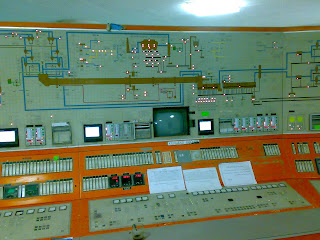•10:18 AM
Clinker Microstructure
The microstructure or fabric of a clinker is also decisive when considering phenomena such as clinker grinding , cement hydration and hardening .
Microscopical appearance of clinker phase
1 – Alite ( C3S ) .
External Form Alite , the principal constituent of cement clinker , occurs as idiomorphic crystals , i.e sharp-edged crystals .
2 – Belite ( C2S ) .
External Form , round crystal form is the most characteristic shape of belite .
3 – Free Lime ( F.L ) .
Free Lime always appears as rounded spherical crystal .
4 – Aluminates .
Aluminates appear as cubic form .
5 – Ferrite .
Like aluminates appears as cubic form .
6 – Periclase .
Appears as idiomorphic crystal .
Influence of production condition on clinker microstructure
The microstructure of industrially product clinker is influenced by several process parameters :
a – Raw mix properties :
I – Chemical composition .
II – Fineness and mineralogy .
III – Homogeneity .
b – Fuel type .
c – Burning conditions :
I – Burning time / temperature .
II – Kiln atmosphere .
d – Cooling condition :
I – Rate of cooling .
The microstructure or fabric of a clinker is also decisive when considering phenomena such as clinker grinding , cement hydration and hardening .

Microscopical appearance of clinker phase
1 – Alite ( C3S ) .
External Form Alite , the principal constituent of cement clinker , occurs as idiomorphic crystals , i.e sharp-edged crystals .
2 – Belite ( C2S ) .
External Form , round crystal form is the most characteristic shape of belite .

3 – Free Lime ( F.L ) .
Free Lime always appears as rounded spherical crystal .
4 – Aluminates .
Aluminates appear as cubic form .
5 – Ferrite .
Like aluminates appears as cubic form .
6 – Periclase .
Appears as idiomorphic crystal .
Influence of production condition on clinker microstructure
The microstructure of industrially product clinker is influenced by several process parameters :
a – Raw mix properties :
I – Chemical composition .
II – Fineness and mineralogy .
III – Homogeneity .
b – Fuel type .
c – Burning conditions :
I – Burning time / temperature .
II – Kiln atmosphere .
d – Cooling condition :
I – Rate of cooling .









































